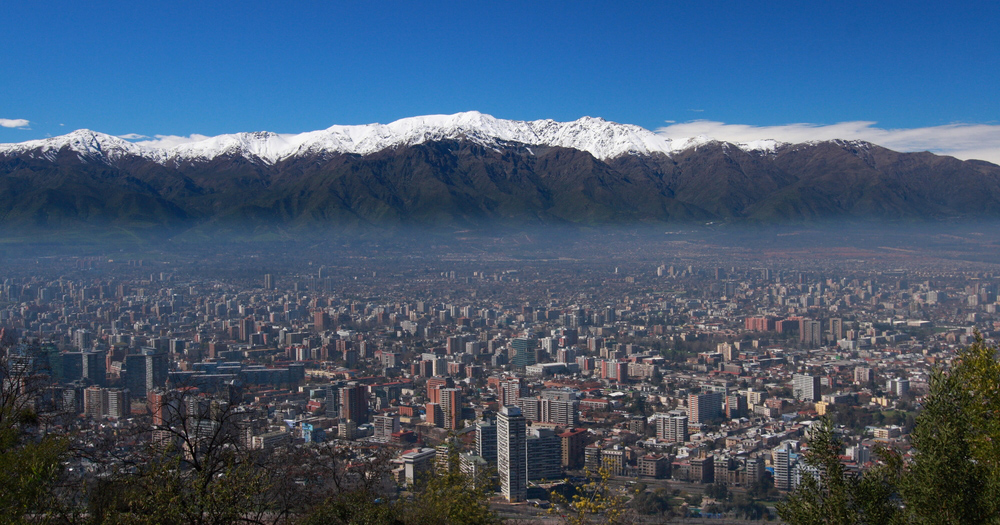Carménère is to Chile as Malbec is to Argentina. While native to France, the red grape variety never enjoyed too much success in its homeland. Instead, Carménère found fame and fortune in the climate of a faraway South American country.
Carménère in 60 Seconds
- Carménère is considered Chile’s signature grape.
- In Chile, Carménère was mistaken as Merlot until 1994.
- Carménère grows primarily in the Colchagua Valley, Repel Valley, and Maipo province of Chile.
- DNA analysis shows that Carménère is a descendent of Cabernet Franc.
The Origins of Carménère
Carménère was born, like a majority of the world’s prominent grapes, in the French wine region of Bordeaux. A distant relative of Merlot, Carménère was used as both a blending grape for the region’s famous red wines, as well as to create single varietal wines. Like its cousin Malbec, the finicky grape often had a difficult time growing in the French climate. Following the Phylloxera plague of 1857, which wiped out the majority of Europe’s vineyards, Carménère was considered extinct.
However, as luck would have it, just before Phylloxera hit Europe, a few cuttings of Carménère were imported to Chile, whose wine industry was just getting started. The vines were planted around the valleys of Santiago and almost immediately began to flourish in the new climate, thanks chiefly to the sparse rainfall and hot daytime temperatures of the region.
Given the grape’s similarities to Merlot, Carménère was inadvertently collected and processed with Merlot through much of the 20th century. It wasn’t until 1994 that scientists realized it was the long-forgotten French variety. Carménère was officially recognized as a distinct variety by the Chilean Department of Agriculture in 1998.
What Carménère Tastes Like
Carménère is a medium-bodied red wine with red fruit and berry aromas and flavors. Producers are careful to harvest grapes at optimal ripeness because under-ripe grapes tend to impart intense bitter and herbaceous notes of green bell pepper and paprika. Fully ripe grapes produce versions with more concentrated and ripe fruit flavors, such as red cherry and black plum. Carménère is equally as delicious whether winemakers choose to age in oak or not. Oaked-aged Carménère has aromas and flavors of dark chocolate, tobacco and other earthy notes.

Most varietal Carménère is meant to be consumed young, within three to five years after release. Entry-level wines can be found around $20, while some premium Carménère can cost between $40 and $50. According to D.O. regulations in Chile, Carménère can be blended with up to 15 percent other varieties. Given its roots in Bordeaux, Cabernet Sauvignon is a natural fit, but Carménère is also often seen with portions of Syrah and Petit Verdot.
Foods To Pair With Carménère
Much like Merlot, Carménère is an excellent choice to pair with everyday dishes. The wine’s higher acidity and medium tannins make it an easy choice for a variety of meat dishes, from barbecued pork to roast chicken. For elevated versions, use herb-crusted seasonings or a peppercorn marinade to compliment Carménère’s natural herbaceous and peppery character.
Carménère is ideal to match with vegetarian dishes as well. Its subtle bitter notes are reminiscent of kale. Sauté fresh kale with garlic and chili oil for a flavorful side dish or add it to a soup laden with black-eye peas, kidney, and pinto beans.
